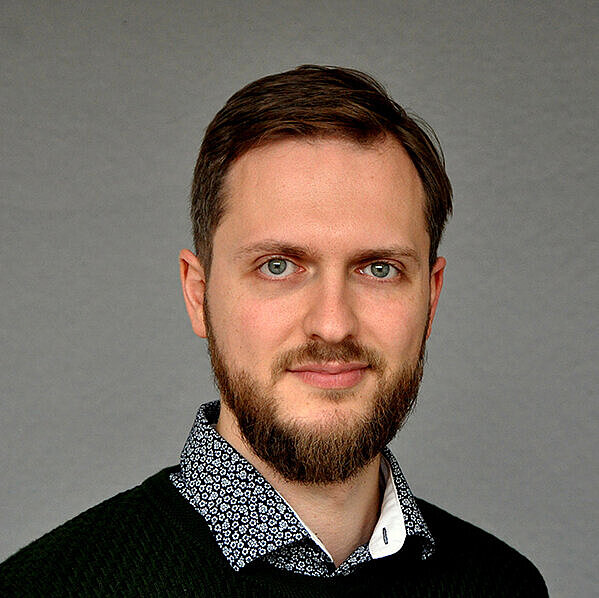In the UdS focus area NanoBioMed, the nextAID³ cluster is planning new and innovative approaches for AI-driven drug research and development. In order to successfully combine experimental and computer-aided research, an interdisciplinary team of over 40 researchers has been put together for nextAID³. In addition to professors from the UdS and Homburg University Hospital, group leaders from Helmholtz Institute for Pharmaceutical Research Saarland (HIPS), the Helmholtz Center for Information Security (CISPA), the German Research Centre for Artificial Intelligence (DFKI) and the Leibniz Institute for New Materials (INM) are also involved in the application for the Cluster of Excellence. The HIPS is a site of the Helmholtz Centre for Infection Research (HZI) in cooperation with UdS.
As part of the three-person spokesperson team of nextAID³, HIPS-Scientist Anna Hirsch played a vital role in designing and coordinating the planned Cluster of Excellence. Together with university professors Andrea Volkamer, who is also affiliated with HIPS, and Martina Sester, she now has the task as designated spokeswoman of getting the full application for nextAID³ off the ground. "We are very pleased that our proposal for nextAID³ was successful in the first round and will now do everything we can to prepare a successful full proposal," says Anna Hirsch. "In recent years, the university, together with the local non-university research institutions, successfully build up a unique research ecosystem in the field of drug research in Saarland. This includes developments such as the joint research platform PharmaScienceHub, the Research Alliance Pharmaceutical Research Saarland and the EU-funded TALENTS graduate school. We want to build on these developments with nextAID³ and create even more synergies between the different disciplines natural sciences, medicine and computer science."
The team behind nextAID³ now has until August to prepare the full proposal.

